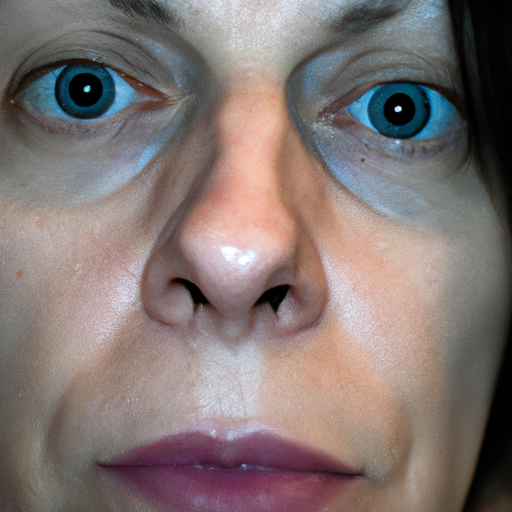Acne, a common skin condition characterized by the appearance of blemishes, affects millions of people worldwide. It can be a source of considerable emotional distress and can significantly impact a person’s quality of life. However, recent advances in dermatology have led to the development of revolutionary acne treatments that promise clearer, healthier skin.
The root cause of acne is the overproduction of sebum, an oily substance that helps protect the skin. When excess sebum combines with dead skin cells, it can clog pores and create an environment conducive to bacterial growth. This results in inflammation and the formation of pimples, blackheads, and whiteheads. Traditional acne treatments have focused on reducing sebum production, eliminating bacteria, and promoting the shedding of skin cells to unclog pores. However, these treatments often have side effects such as dryness and irritation.
The new generation of acne treatments takes a more targeted approach. For instance, light therapy has emerged as a promising treatment for acne. This non-invasive procedure uses blue or red light to kill acne-causing bacteria and reduce inflammation. Blue light therapy is particularly effective against P. acnes, the bacteria responsible for causing acne breakouts. Red light therapy, on the other hand, helps reduce inflammation and promote healing.
Another revolutionary acne treatment is the use of retinoids. These vitamin A derivatives work by promoting cell turnover and preventing the formation of comedones (clogged hair follicles). Retinoids such as tretinoin and adapalene have proven to be highly effective in treating acne. However, they can cause skin irritation and increased sensitivity to sunlight, so it’s important to use them under the guidance of a dermatologist.
In addition to these treatments, researchers are also exploring the role of diet in acne development. Recent studies suggest that certain foods may trigger or exacerbate acne by causing hormonal imbalances or inflammation. For instance, high-glycemic foods such as white bread and sugary drinks can spike blood sugar levels and trigger a cascade of hormonal changes that lead to increased sebum production. On the other hand, anti-inflammatory foods such as fruits, vegetables, and omega-3 fatty acids may help reduce acne breakouts.
Lastly, the role of gut health in skin health is also being investigated. Some studies suggest that an imbalance in gut bacteria, known as dysbiosis, may contribute to acne. Probiotics, which help restore a healthy balance of gut bacteria, may therefore be beneficial in managing acne.
In conclusion, the landscape of acne treatment is evolving rapidly. From light therapy and retinoids to dietary changes and probiotics, a wide range of innovative treatments are now available to help individuals achieve clearer, healthier skin. However, it’s important to remember that everyone’s skin is unique, and what works for one person may not work for another. Therefore, it’s crucial to consult with a dermatologist before starting any new acne treatment.



